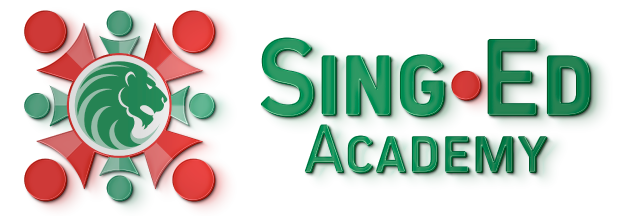Personalized Learning Paths
One of the most promising applications of AI in education is personalized learning. Traditional one-size-fits-all teaching methods can’t address the unique needs and learning styles of individual students. But AI can. By analyzing students’ learning patterns and academic progress, AI can create customized learning pathways, adjusting the pace and difficulty of lessons to suit each student’s needs. This means each student can learn at their own pace, making learning more effective and enjoyable.
Intelligent Tutoring Systems
AI-powered tutoring systems offer another way to customize learning. These systems can provide individualized tutoring, identifying gaps in students’ knowledge and tailoring lessons to fill these gaps. Some AI tutoring systems can even understand and respond to questions in natural language, offering students an interactive and engaging learning experience.
Streamlined Administrative Tasks
AI can also ease the administrative load in education. From automating grading to streamlining the admissions process, AI can take over routine tasks, freeing up educators to spend more time teaching and interacting with students.
Enhanced Accessibility
AI is breaking down barriers to learning, making education more inclusive. Speech-to-text and text-to-speech technologies can help students with reading or writing difficulties, while predictive text and spell-check features can assist those with dyslexia. AI can even translate text into different languages, making learning materials accessible to students all over the world.
Challenges Ahead
While AI holds immense potential for education, it’s not without challenges. Ensuring equitable access to AI technology is crucial to prevent widening the digital divide. Ethical issues also arise, particularly in terms of data privacy and security. It’s essential to address these challenges to harness the full potential of AI in education.
The Future of Learning
While we’re just scratching the surface of AI’s potential in education, the future looks promising. Imagine a world where each student receives personalized instruction, where teachers can devote more time to inspire and mentor, where administrative tasks are efficient, and education is accessible to all. This is the world AI is shaping—a world where learning is more effective, engaging, and inclusive. As we move forward into this exciting future, let’s ensure we navigate the challenges and harness AI’s potential to transform education for the better.

